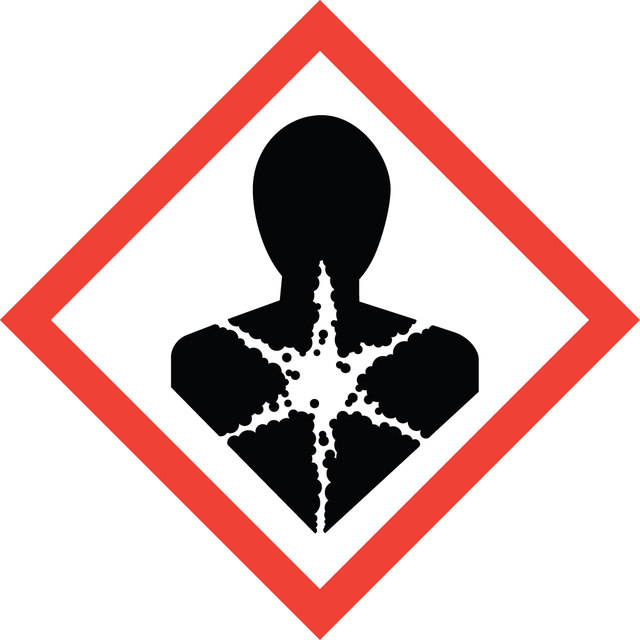Sign In to View Organizational & Contract Pricing
Select a Size
About This Item
CAS Number:
MDL number:
UNSPSC Code:
12352204
NACRES:
NA.54
General description
Alginate lyases is present in several marine algae, marine mollusks and a vast range of marine and terrestrial bacteria.
Application
Alginate Lyase has been used:
- in the pre-processing of enzyme
- to de-encapsulate cells
- to digest Pseudomonas exopolysaccharide to facilitate electroporation
Alginate Lyase is used to break down alginate or alginic acid and to reduce viscosity. It is useful during follicle isolation, encapsulation, and culture .
Biochem/physiol Actions
Alginate lyases actively participates in the saccharification of the acidic polysaccharides for the production of bioethanol.
Breaks down alginate or alginic acid to smaller molecules and reduces viscosity.
Preparation Note
Add 0.15 mI of enzyme solution (1 un/ml) to 4.5 ml of 0.1% sodium alginate (pH 6.3). Incubate at 37 °C for 30 minutes. Terminate reaction by addition of 4.65 ml of 0.1 N NaOH.
Other Notes
One unit will produce an increase the A235nm of 1.0 per minute per mL of sodium alginate solution at pH 6.3 at 37 °C
View more information on enzymes for complex carbohydrate analysis at www.sigma-aldrich.com/enzymeexplorer
Signal Word
Danger
Hazard Statements
Precautionary Statements
Hazard Classifications
Resp. Sens. 1
Storage Class Code
11 - Combustible Solids
WGK
WGK 1
Flash Point(F)
Not applicable
Flash Point(C)
Not applicable
Personal Protective Equipment
dust mask type N95 (US), Eyeshields, Gloves
Regulatory Information
常规特殊物品
This item has
Choose from one of the most recent versions:
Already Own This Product?
Find documentation for the products that you have recently purchased in the Document Library.
Yuya Morimoto et al.
APL bioengineering, 4(2), 026101-026101 (2020-04-09)
Biohybrid robots composed of biological and synthetic components have been introduced to reconstruct biological functions in mechanical systems and obtain better understanding of biological designs. For example, biohybrid robots powered by skeletal muscle tissue have already succeeded in performing various
Adam J Wargacki et al.
Science (New York, N.Y.), 335(6066), 308-313 (2012-01-24)
Prospecting macroalgae (seaweeds) as feedstocks for bioconversion into biofuels and commodity chemical compounds is limited primarily by the availability of tractable microorganisms that can metabolize alginate polysaccharides. Here, we present the discovery of a 36-kilo-base pair DNA fragment from Vibrio
Lena C E Lundqvist et al.
Carbohydrate research, 352, 44-50 (2012-03-21)
The gene coding for an alginate lyase from the marine bacteria Pseudomonas alginovora X017 was cloned and heterologously expressed in Escherichia coli strains. The protein was produced in inclusion bodies and the active form was obtained by applying a refolding
Bacteriophages phi MR299-2 and phi NH-4 Can Eliminate Pseudomonas aeruginosa in the Murine Lung and on Cystic Fibrosis Lung Airway Cells
Alemayehu D, et al.
mBio, 3(2) (2012)
Elizabeth M Parrish et al.
Reproduction (Cambridge, England), 142(2), 309-318 (2011-05-26)
Ovarian follicle maturation results from a complex interplay of endocrine, paracrine, and direct cell-cell interactions. This study compared the dynamic expression of key developmental genes during folliculogenesis in vivo and during in vitro culture in a 3D alginate hydrogel system.
Related Content
Our team of scientists has experience in all areas of research including Life Science, Material Science, Chemical Synthesis, Chromatography, Analytical and many others.
Contact Technical Service